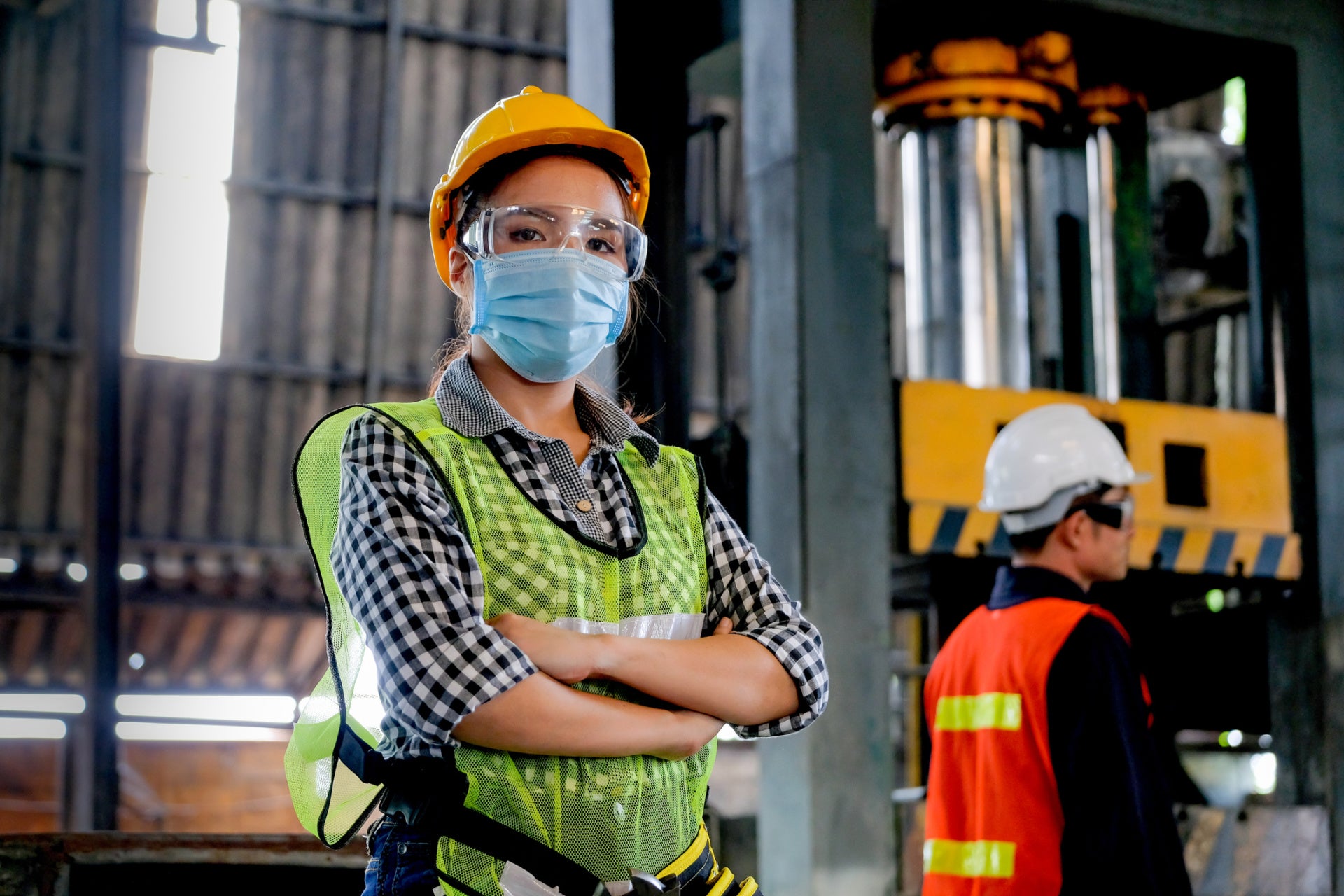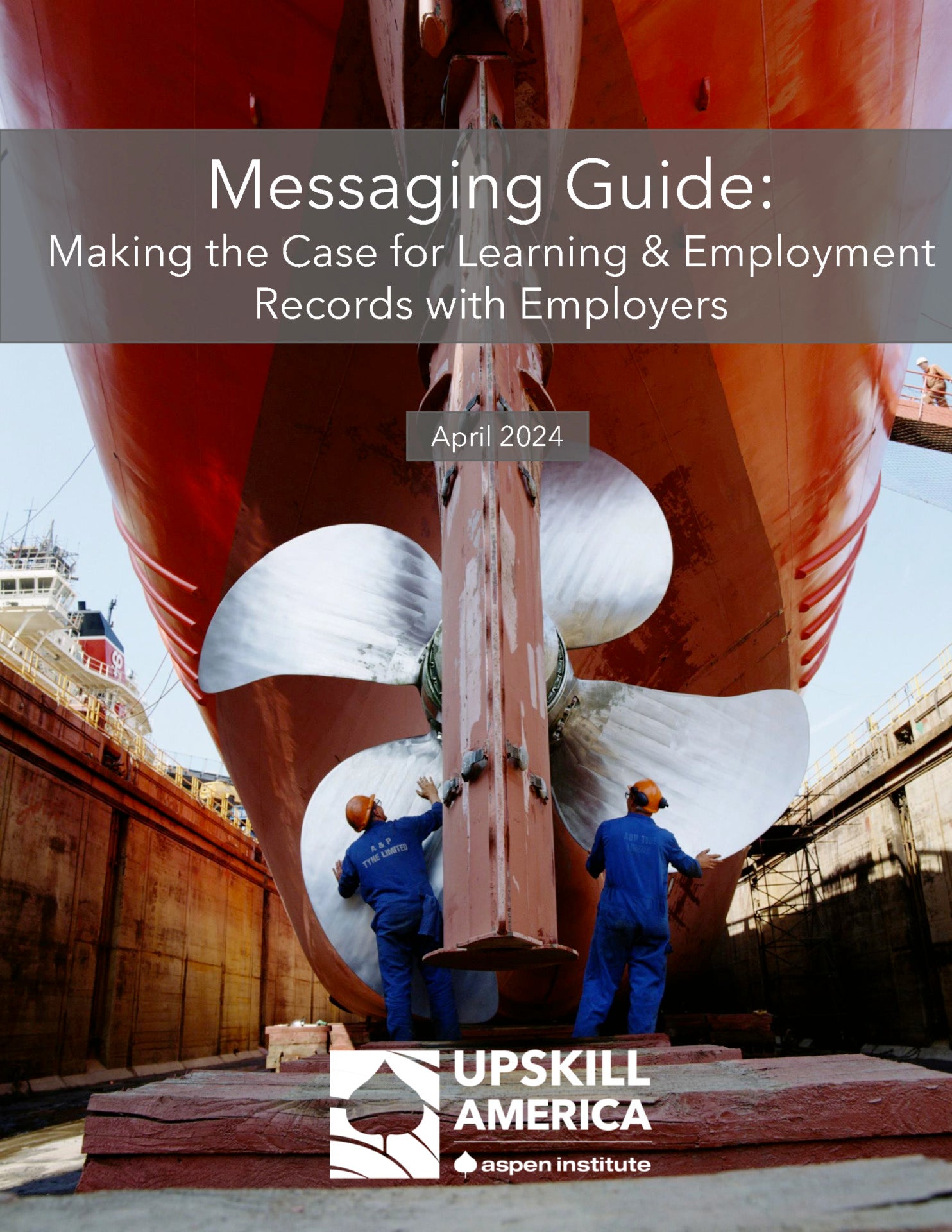Since mid-March, more than 40 million workers have filed unemployment claims, and that number is projected to increase in the weeks and months to come. While direct cash payments, unemployment insurance, and other forms of governmental assistance are providing temporary support, the pathway back into the workforce remains unclear for many workers.
Despite broad uncertainty about the future of the economy and the labor market, there are industries that are in need of new workers. One example is local governments and health care providers around the country that are responding to COVID-19 by training and recruiting new health care workers who can help contain the pandemic. Because traditional methods of interviewing, training, and credentialing these workers are complicated by the current crisis, employers, health systems, and state and local governments are developing innovative strategies to prepare and deploy workers.
As the US economy reopens, communities across the country will need new health care workers to facilitate contact tracing, disseminate best practices, and support people who have COVID-19. By some estimates, the US will need to increase its public health workforce by as many as 300,000 contact tracers. Prior to the pandemic, the US had only 2,000 contact tracers, highlighting the challenge of adding such a large number of workers in this specific area.
Rapidly training a new cohort of skilled workers is no easy task, even in normal times. International health experts have suggested that a 2-week digital training program on public health surveillance and COVID-19 could help first-time public health workers develop core skills, which would then be supported by further on-the-job training. These types of digital programs would allow recently trained workers to quickly provide direct support to communities affected by COVID-19 and slow the spread of the virus.
Many state and local governments are attempting to quickly build a corps of community health workers. The Commonwealth of Massachusetts is taking steps to rapidly expand its healthcare workforce, announcing a new COVID-19 Community Tracing Collaborative on April 3. Working with organizations like Partners in Health, Massachusetts is developing a system of training and credentialing that responds to the unique challenges of COVID-19, while reemploying displaced workers from a variety of backgrounds. To recruit and train contact tracers and community health care workers, Massachusetts is utilizing online applications, recording distance interviews, and conducting group training via Zoom. Thus far, workers from a variety of technical and professional backgrounds have participated in the training, including lawyers, teachers, and restaurant workers.
In Washington State, Governor Jay Inslee has launched a program to train and deploy thousands of new health care workers to trace cases of COVID-19. These initiatives seek to quickly take workers from state government, the National Guard, and the broader community and provide them with the skills needed to conduct interviews with impacted individuals and the ability to offer education and guidance to community members.
In New York State, Governor Andrew Cuomo has announced plans to to hire 17,000 contact tracers to support COVID-19 recovery. These workers will be trained through a digital course offered by John Hopkins University that provides background on the virus, strategies for engaging affected community members, and other practical skills. Upon completion of the course, new contact tracers will be able to immediately support the state and local departments of health with monitoring and containing COVID-19. Other examples of state-level efforts include Maryland where the state’s contact tracing effort is reaching 1,000 people per day. Washington, DC has also increased its hiring and employs 200 contact tracers.
In San Francisco, city leadership is piloting a contact-tracing program that uses a 20-hour training program to convert workers with no health care background into tracers capable of educating community members and tracking the spread of COVID-19. When scaled, this initiative may involve up to 10,000 workers and volunteers who have been recruited, trained, and set to work without in-person, classroom training. These digital training options are connecting diverse communities with community health roles, reinforcing the need for workers who possess linguistic and cultural familiarity with the populations they are attempting to serve.
Nationally, similar efforts have been proposed. Senators Kirsten Gillibrand and Michael Bennet recently proposed the development of a national “Health Force” with workers capable of conducting virus testing, contact tracing, public health education, and vaccine administration. Under this proposal, new workers would be trained by the US Centers for Disease Control and Prevention and report to public health authorities at the state and local level. Training for this program would focus on the key health and interpersonal skills needed for the role, be conducted remotely, and would rely on lessons learned from other community health worker training from around the world. In addition, the House of Representatives recently passed the HEROES Act, which included $75 billion for testing, contact tracing, and other activities necessary to monitor and suppress COVID-19. There have also been proposals to expand national service programs like Americorps to provide contact tracing and public health education to communities across the US.
As states and cities roll-out digital training for community health workers through institutions like Johns Hopkins University with Coursera, Harvard University with edX, and the Association of State and Territorial Health Organizations, the US is seeing promising examples of how communities are offering retraining opportunities that are flexible, affordable, and linked to specific jobs.
COVID-19 is changing the skills employers need and the type of training that is being delivered. These changes are occurring at the same time that other factors—like automation, digitalization, and non-traditional work arrangements —are continuing to impact the workforce. Furthermore, the longer people remain outside of the workforce, the greater the impact on their income and their ability to recover from a job loss. For these reasons, the examples of state and local efforts to build our healthcare workforce offer important lessons for other industries where there are opportunities for newly trained workers to quickly find work. These jobs, and the training they require, highlight the need to develop flexible lifelong learning systems that bring together government and the private sector in a shared strategy that helps workers, including those who have permanently lost their jobs, rapidly retrain for new roles.
For the rest of the year, the Aspen Institute Future of Work Initiative, with support from the Cognizant U.S. Foundation, will examine the changing US labor market with a focus on specific areas of opportunity and efforts that are ongoing or needed to match transitioning workers with new jobs. Today’s blog is the second publication in this series.


